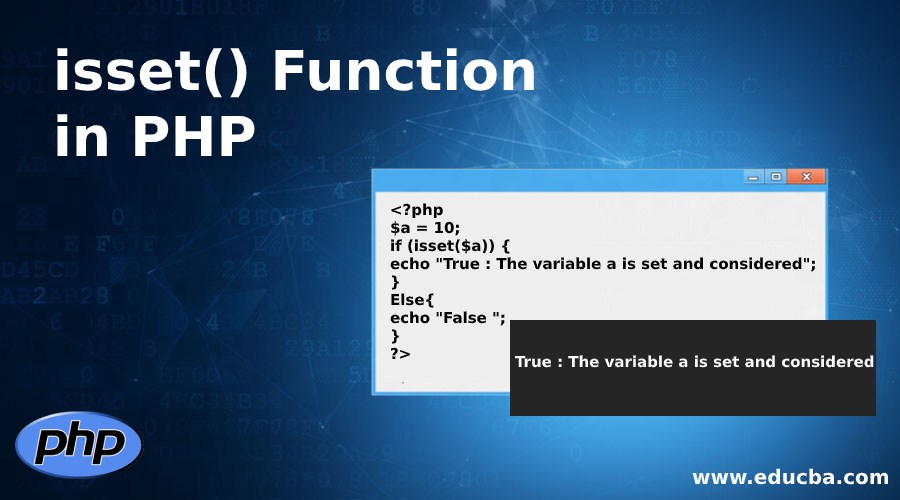

One of the things that triggers an error of the type E_NOTICE is the act of trying to use a variable that does not exist. At the same time, errors in production can be a serious security leak (not to mention a nuisance) and must not be output for every visitor to see. Seeing errors as they are happening is important during development (unless one likes to take stabs into the dark). The error_reporting directive should be set to the highest possible value during development, but turned down or off on live production servers. What kind of errors should be triggered and whether they should be displayed or not can be configured in the php.ini file with the error_reporting and display_errors directives, a setting that can also be changed during runtime. The PHP error reporting mechanism is vital in developing applications. They could also be turned into full-blown exceptions, which in turn can be handled by other error handling mechanisms. For example, their output can be turned off entirely or they can be redirected into a log file. How these errors are handled can be customized. These errors can have different types, ranging from a relatively harmless E_NOTICE to a program-halting fatal E_ERROR. PHP is choosing the middle ground: it triggers an error, which by default simply causes a message to be output wherever it occurred. There is now the dilemma between letting programs crash completely for every little mistake, or silently letting non-critical errors slip through. Since there is no separate compilation step, certain types of errors that could be caught by a compiler can only surface at runtime.
EMPTY OR ISSET PHP FULL
The PHP interpreter and runtime can only complain about errors while the code is in full motion. PHP code is simply executed straight from the source and it either works or dies halfway through. 1 That is, you don't typically compile PHP source code into an executable, then run that executable. PHP is an interpreted language that lacks a compilation step separate from the actual runtime. To explain what these functions are needed for to begin with, it's necessary to talk about PHP's error reporting mechanism. This article attempts to fill that gap and takes a broad sweep of related topics to do so.
EMPTY OR ISSET PHP MANUAL
The PHP manual itself doesn't have a simple explanation that actually captures their essence and most posts written around the web seem to be missing some detail or other as well.

PHP has two very similar functions that are essential to writing good PHP applications, but whose purpose and exact function is rarely well explained: isset and empty. The Definitive Guide To PHP's isset And empty This distinction is a little confusing, but there is a really handy explanation and table about the results of these three functions at. In the case of an empty array like $recommendations, !empty would return boolean false, but isset() would return a boolean true, because the value is empty but not null. Empty variables exist in the following instances: The only difference is that isset() can be applied to unknown variables, but is_null() only to declared variables.īy comparison, empty() is a function that tests whether or not a variable is empty.Ī variable is empty when it does not exist or returns the boolean value false. The opposite of isset() is is_null() In other words, it returns true only when the variable is null. Isset() is a function that returns boolean true if a variable is not null. (3): The variable has been assigned the constant value NULL. (1): The variable has not been set to any value. Null variables exits in the following three cases only.


They're different, and the differences are they reveal the distinction between empty and null variables.


 0 kommentar(er)
0 kommentar(er)
